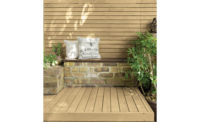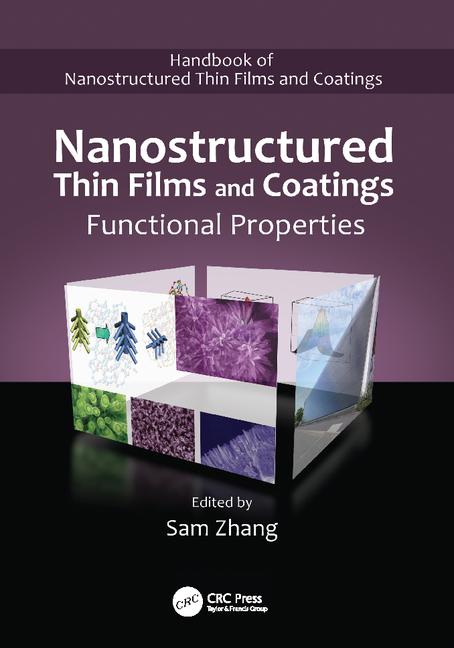
Wacker Chemie AG has posted its best annual sales and earnings figures since its foundation over 90 years ago. Despite substantially higher raw material and energy costs in 2006, the Munich-based chemical Group generated an EBITDA of €786 million (2005: €614 m). Adjusted for special items in fiscal 2005 totaling €47 million, the increase was 39 percent. Net income was €311 million (2005: €144 m), with earnings per share amounting to €6.46 (2005: €2.90). The Group’s robust financial performance is also reflected in its Return on Capital Employed of 18 percent (2005: 10%). Benefiting from strong volume gains, high capacity utilization and a sustained upturn in global economic activity, consolidated sales rose 21 percent to €3.34 billion (2005: €2.76 bn). Thereof, €2.68 billion (2005: €2.18 bn) was generated outside Germany. International business accounted for about 80 percent of total sales.
Although capital expenditures were up 76 percent year on year, WACKER’s 2006
net cash flow increased 16 percent to €185 million (2005: €159 m). WACKER expects the
market upswing to carry forward in 2007. The company’s sales and earnings are
estimated to show further growth in the current fiscal year thanks to
substantial capacity expansions, which will start contributing to results
during 2007.
Success in 2006 was the result of several factors. The Group generated strong volume gains in many business sectors, fueled by a substantial increase in capacity coupled with high utilization levels. At Siltronic, the robust price situation and strong customer demand boosted semiconductor sales and earnings. Additionally, the usual seasonal Q4 downturn in chemical business was less marked in 2006 than in previous years. Thanks to the mild winter, construction-industry demand for WACKER products remained high. In Q4 2006, the Group generated total sales of €851 million (2005: €731 m), with EBITDA at €189 million (2005: €157 m).
WACKER Investment Activities
Total capital expenditures for 2006 grew to €525 million (2005: €299 m) with WACKER’s investment activities focusing on several major projects.
WACKER POLYSILICON
At Burghausen, WACKER POLYSILICON continued to expand its capacities for polycrystalline hyper-pure silicon. The division currently has two new production plants under construction there. With a combined capacity of 8,000 metric tons, they are aimed to meet soaring demand both from chipmakers and the booming photovoltaics industry.
At Freiberg (Saxony) and Burghausen (Bavaria) in Germany, Siltronic is expanding its capacity for 300 mm silicon wafers. More and more chipmakers are switching their production lines to these wafers, since the larger diameter enables them to achieve a cost advantage of about 30 percent. Moreover, in a joint venture with Samsung Electronics Siltronic is building a new 300 mm production plant in Singapore. Siltronic and Samsung are jointly investing a total of US$1 billion in this project. Production is scheduled to start in mid-2008.
WACKER SILICONES
WACKER SILICONES has further expanded its locations at Nünchritz (Saxony) and Zhangjiagang (China). The division is thus responding to huge demand for silicone, a truly general-purpose material. A new monomer plant at Nünchritz came on stream in early November. Its main product is siloxane, a key raw material for silicones. The new facility has increased WACKER’s global siloxane capacity to 200,000 metric tons per year. At Zhangjiagang, 2006 saw starting up production facilities for silicone elastomers and sealants. Additionally, WACKER and Dow Corning started building a joint siloxane facility there. Work to construct a pyrogenic silica production plant – again in partnership with Dow Corning – is on track. It is scheduled for completion in the second half of 2007.
WACKER POLYMERS
At WACKER POLYMERS, capacity expansion continues for dispersible polymer powders, with plants being built at Burghausen and in China. The new facilities, each with an annual capacity of 30,000 metric tons, will be the largest in the world. Completion of Burghausen’s powder dryer is scheduled for mid-2007. Construction work on the Chinese plant – at a new site in Nanjing – should also begin this year.
WACKER’s R&D expenditures in 2006 amounted to €152 million (2005: €147 m), or 4.6 percent of sales. The focus of divisional research activities included development of novel hybrid polymers at WACKER SILICONES and surface treatment technologies for silicon wafers at Siltronic. WACKER’s basic research activities investigated new biotech processes, for example, and functional materials to generate energy from renewable sources. At year end, WACKER had some 14,700 employees, 1.6 percent more than the prior-year number.
Business Divisions
In 2006, WACKER SILICONES posted sales of €1.29 billion (2005: €1.12 bn), a year-on-year increase of 15 percent. This growth mainly stems from substantially higher sales volumes following capacity expansions. The division’s EBITDA reached €232 million (2005: €211 m), 10 percent more than a year earlier.
WACKER POLYMERS’ 2006 sales totaled €560 million, 18 percent up on 2005 (€474 m). The main driver here was strong volume gains for dispersible polymer powders. At €107 million, EBITDA grew almost 8 percent against 2005 (€99 m).
In 2006, WACKER FINE CHEMICALS posted total sales of €113 million, up 2 percent (2005: €111 m). The division’s EBITDA of €11 million, however, did not reach the prior-year’s €18 million. Earnings were impacted by price pressures in custom synthesis. In contrast, the division’s biotech products business performed well.
WACKER POLYSILICON increased its sales by 13 percent to €326 million (2005: €288m) in 2006. The higher sales volumes were driven by successful measures to boost production yields and enhanced capacities. Sales also benefited from higher price levels. At the end of 2006, the division finished expanding nominal capacity for hyper-pure polycrystalline silicon from 5,500 to 6,500 metric tons. As a result, production output rose to 6,200 metric tons last year. Earnings growth was even more pronounced than sales, with EBITDA amounting to €118 million (2005: €90m) – up 31 percent.
Siltronic generated total sales of €1.26 billion in 2006 (2005: €0.93bn). This was a year-on-year increase of 37 percent – fueled by soaring sales volumes, a favorable product-mix shift toward 300 mm silicon wafers, and higher average wafer prices. Earnings went up much more sharply than sales. Siltronic’s EBITDA reached €356 million (2005: €167m), thus more than doubling this figure compared to 2005.
Proposal on Appropriation of Profits
Following 2006’s healthy results, the Executive Board and Supervisory Board will propose a dividend of €2.00 at the annual shareholder meeting. In relation to WACKER’s share price at the end of 2006, the dividend yield is 2.0 percent. Additionally, the Executive and Supervisory Boards propose paying a non-recurring special bonus of €0.50 cents per dividend-bearing share. The special bonus is intended to reward investors’ trust with respect to the IPO after WACKER’s first year as a publicly listed company.
Outlook
In their full-year outlook for 2007, economic analysts anticipate continued growth in all key regions. In view of this forecast and the Group’s rising production capacities, WACKER currently expects further increases in both sales and earnings during 2007.
2006 - A Stellar Year
- NET INCOME MORE THAN DOUBLED TO €311 MILLION (2005: €144m)
- DIVIDEND OF €2.00 PER SHARE proposed, PLUS A SPECIAL BONUS OF €0.50
- SALES GReW 21 percent TO €3.34 Billion (2005: €2.76 bn)






Report Abusive Comment